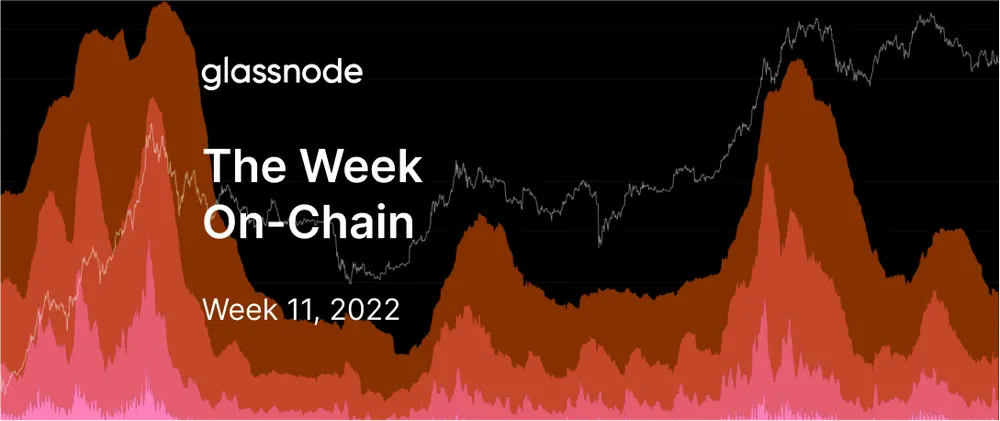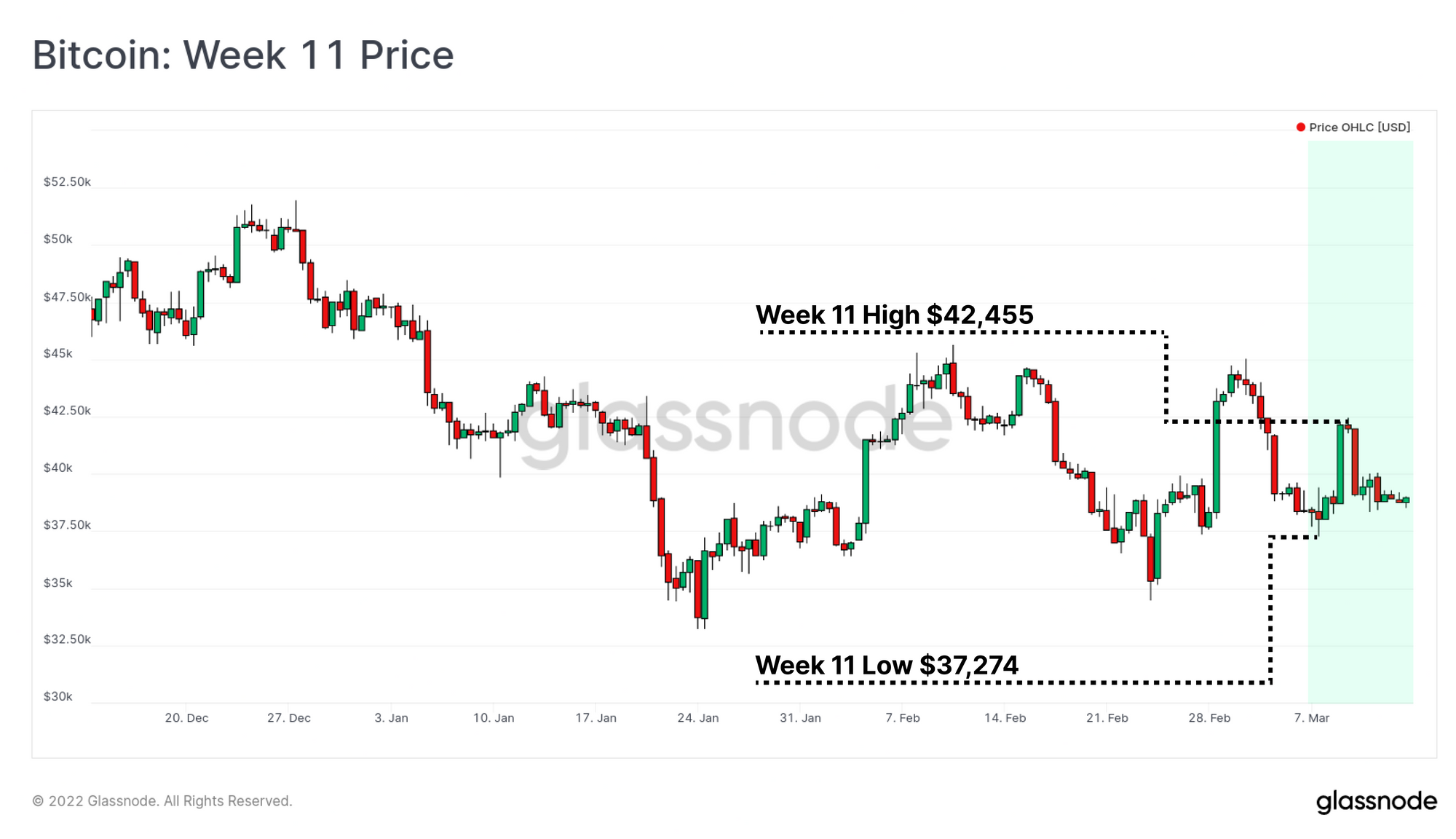Short-Term Supply Dwindles
Bitcoin accumulation trends have softened in the short term, despite extremely constructive long-term demand trends. The potential energy for a capitulation event is in place, but is yet to manifest as it has in previous market cycles.

Bitcoin prices continue to consolidate this week, compressing into an increasingly tight range between a low of $37,274, and a high of $42,455. As was covered in the previous edition, the market currently exists in a delicate balance, amidst a backdrop of high macro and geopolitical uncertainty playing out on the global stage.
We are now two years on from the major capitulation event in March 2020 that saw Bitcoin prices plummet over 52%, fall from $8k to $3.8k in two trading days, and marked the end of the 2019-20 bear cycle. Capitulation events like this often signify a complete and total flush out of all remaining sellers, turning the tides in the favour of the bulls.
In this edition, we will assess the current balance between buyers and sellers in an attempt to gauge how close we may be to the end of the current bear cycle.
Executive Summary
- Uncertainty and macro risks are a current headwind, which are manifesting as softened short-term accumulation trends.
- Spending by older coins over the last week is also marginally more bearish than recent weeks, although is still not at levels that signify widespread fear or loss of conviction.
- 82% of the supply held by Short-Term Holders (2.51M BTC) is currently held at an unrealised loss, whilst total supply held by Long-Term Holders is near all-time-highs.
- Despite weaker short-term demand, HODLing remains the preferred strategy, with the proportion of younger coins now at all-time-lows. This is historically associated with late stage bear markets.
- We introduce a new concept called market inflation rate which shows that on an annualised basis, Long-Term Holders are adding to their balance at a volume 7.6x larger than mining issuance. This is constructive longer-term.

Translations
This Week On-chain is now being translated into Spanish, Italian, Chinese, Japanese, Turkish, French, and Portuguese.
The Week Onchain Dashboard
The Week Onchain Newsletter has a live dashboard with all featured charts

